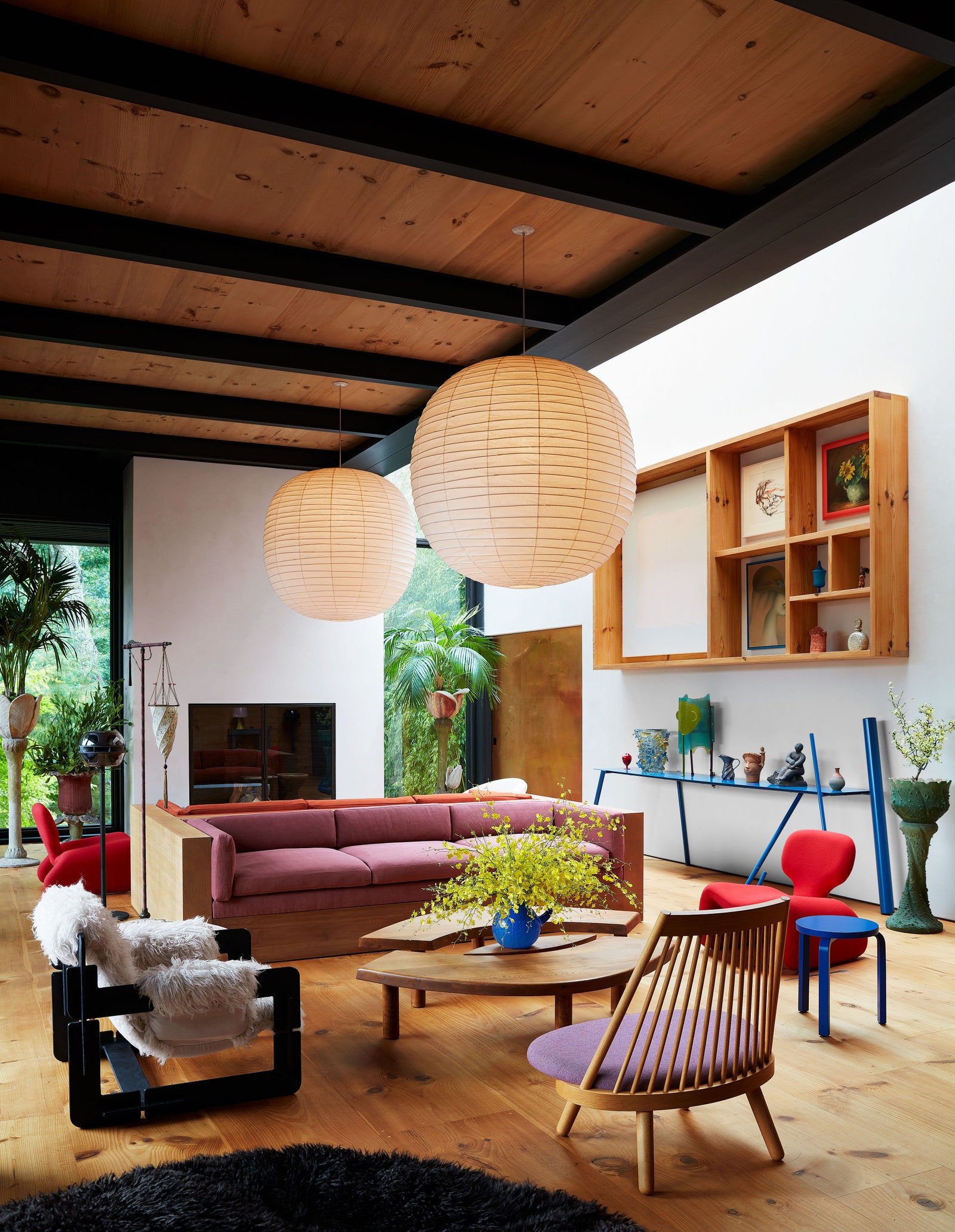How Mariano Fortuny’s Foray Into Stage Lighting Begot a Range of Fashionable Fixtures
In 1907, using those same scenographic principles, he created a fixture that, among other things, evenly lit artworks: A bulb shone into a reflective, umbrella-like shade, which was perched on a steel tripod (these Studio 63 lamps are now sold Stateside via RH, from $6,200). For less utilitarian purposes, he conceptualized decorative mood lighting with Eastern-influenced silhouettes for his living quarters at Palazzo Pesaro degli Orfei, dressing delicate wire frames in hand-painted opaline silk. These pieces proved Fortuny’s point: Light is only as beautiful as what reflects it.
The lamps were sold to artists, nobility, and aristocrats in the early 20th century. Later they would light the homes of glitterati like Elizabeth Taylor and Karl Lagerfeld. Still produced at a Venice workshop (from $1,000), the lamps, now also made in glass, remain in vogue. Today you’ll spot an elegantly tattered one at The Row’s LA store (silk can age over time, but LED bulbs slow that down) and a floor lamp in the Hamptons home of fashion photographers Inez and Vinoodh. “They are instantly atmospheric,” says AD100 designer Ken Fulk, who hung a constellation of custom blue silk pendants in the exclusive Manhattan hot spot Shinji’s bar. Meanwhile, William Sofield, whose New York studio features a fine example, attributes the appeal to equal parts artistry and engineering, explaining simply, “Fortuny transformed light.” fortuny.us

